A working sub fleet and crew tomorrow, for 1/2 the price
Now we have a new PM, he should look urgently at scrapping the plans for our new submarine fleet.
Australia’s present submarine plans are to build a French re-design of a nuclear-engined boat. The Barracuda re-model will use diesel engines, and fuel tanks, in a design which will likely be fraught with problems.
Already a subscriber? Log in
Subscribe for just $2 a week
Try a month of The Spectator Australia absolutely free and without commitment. Not only that but – if you choose to continue – you’ll pay just $2 a week for your first year.
- Unlimited access to spectator.com.au and app
- The weekly edition on the Spectator Australia app
- Spectator podcasts and newsletters
- Full access to spectator.co.uk
Or
Unlock this article
You might disagree with half of it, but you’ll enjoy reading all of it. Try your first month for free, then just $2 a week for the remainder of your first year.

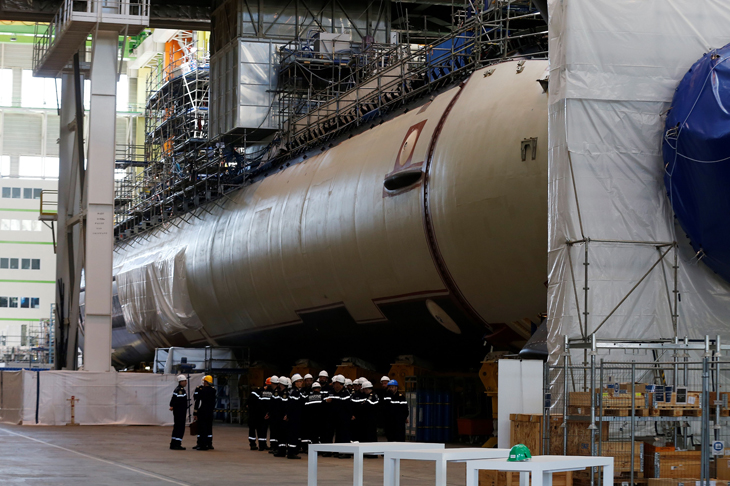
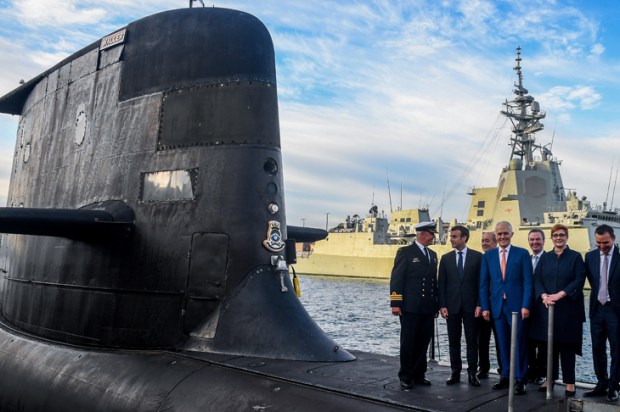
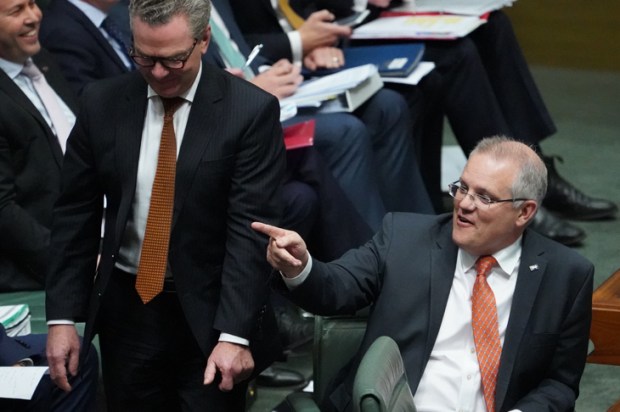

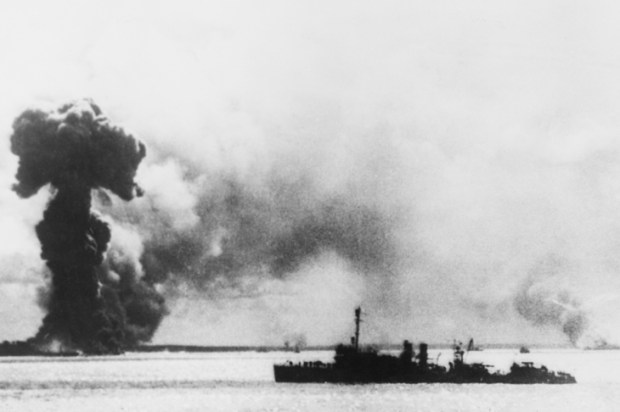
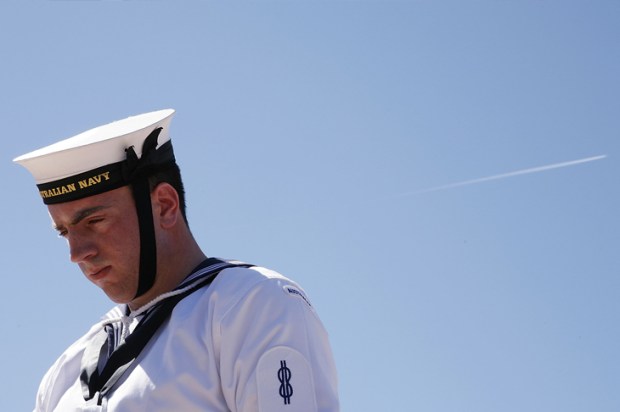







Comments
Don't miss out
Join the conversation with other Spectator Australia readers. Subscribe to leave a comment.
SUBSCRIBEAlready a subscriber? Log in